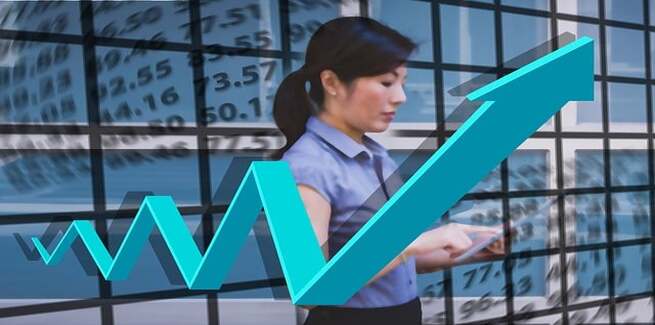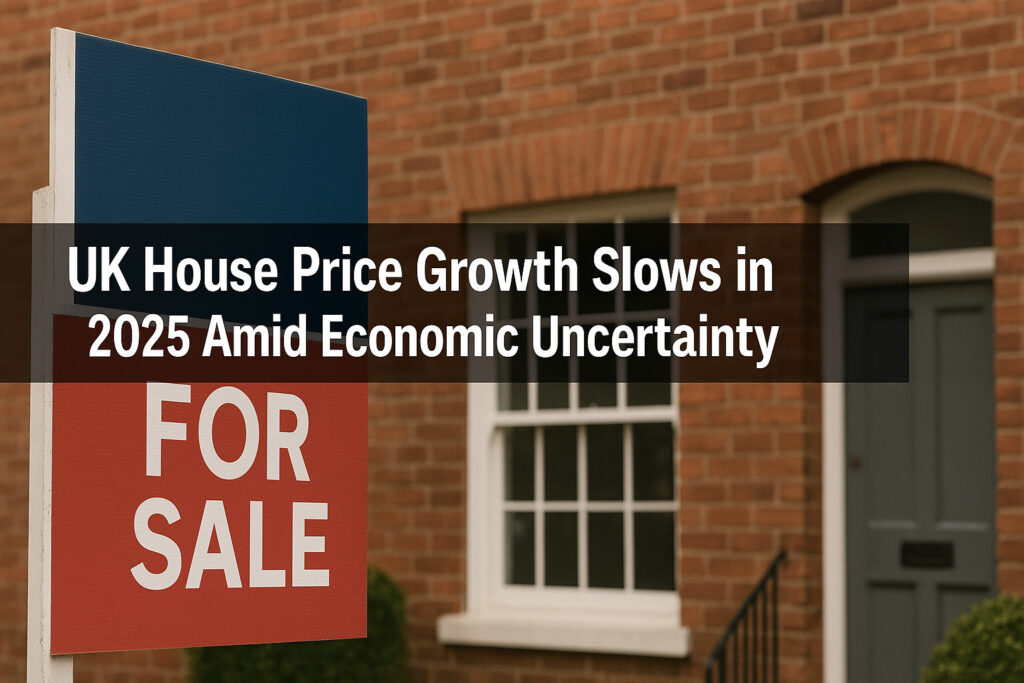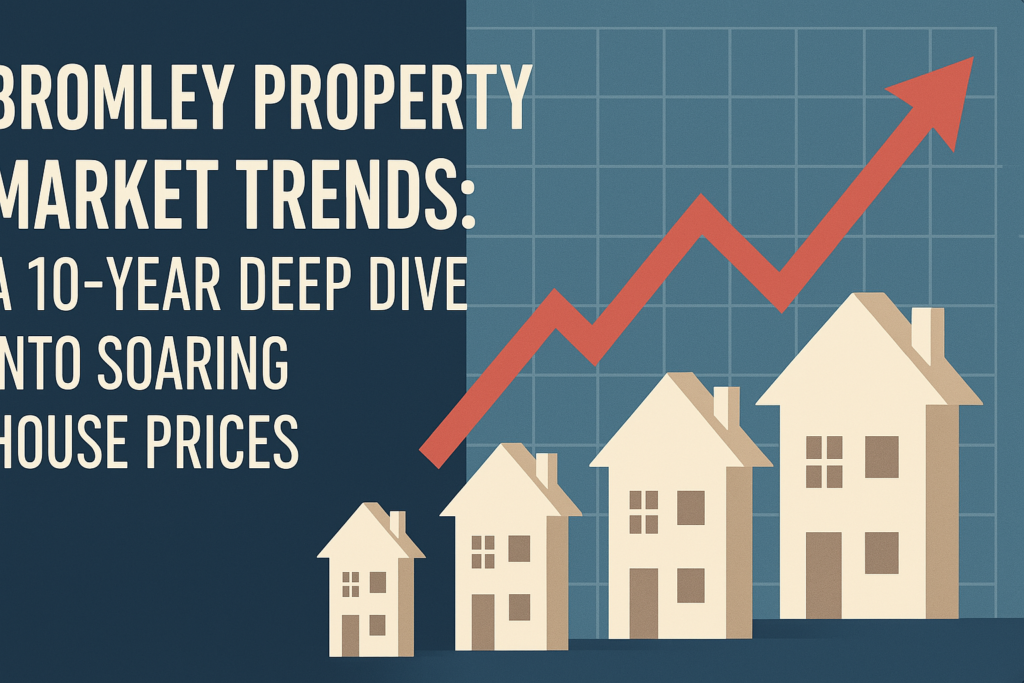Overview of Making Tax Digital (MTD) for Sole Traders and Landlords
Making Tax Digital (MTD) is a UK Government initiative that mandates digital systems for tax record-keeping and submission.
From April 2026, over 900,000 additional sole traders and landlords with income exceeding £30,000 annually will be required to comply with MTD for Income Tax Self Assessment (ITSA).
HMRC aims to modernise the tax system, reduce errors, and increase efficiency by transitioning to digital-first compliance.
Timeline for MTD for ITSA Rollout
April 2026
Affected Group: Sole traders and landlords earning over £50,000
Requirements: Quarterly digital submissions and End of Period Statements (EOPS)
April 2027
Affected Group: Sole traders and landlords earning between £30,000 and £50,000
Requirements: Same requirements as above (quarterly submissions and EOPS)
To Be Determined (TBD)
Affected Group: Businesses earning under £30,000 and partnerships
Requirements: HMRC will consult further before confirming rollout plans
Who Is Affected?
Sole traders: Individuals who run their business without incorporating.
Landlords: Those earning income from UK property rentals.
Joint landlords: Must report income separately.
Digital-exempt individuals: Those unable to use technology due to age, disability, or remote location may apply for an exemption.
Key Requirements Under MTD for ITSA
Digital Record-Keeping
Businesses and landlords must keep digital records of all transactions using compatible software.
Paper-based or spreadsheet-only systems will no longer be sufficient unless they can link to compliant MTD software.
Quarterly Updates
Taxpayers must submit quarterly summaries of income and expenses to HMRC, breaking away from the traditional single annual tax return format.
Filing schedule:
5 August
5 November
5 February
5 May
Each return must be submitted within one month of the period’s end.
End of Period Statement (EOPS)
After the tax year ends, an EOPS must be submitted to finalise business income, allowing adjustments and reliefs.
Final Declaration
The Final Declaration (formerly the Self-Assessment return) completes the tax year submission.
It combines EOPS, non-MTD income (e.g., dividends), and claims for relief.
Choosing Compatible MTD Software
HMRC does not provide software but maintains a list of MTD-compatible solutions, including cloud-based accounting tools like:
Xero
QuickBooks
Sage
FreeAgent
TaxCalc
Choosing the right software depends on the following:
Business complexity
Rental portfolio size
Integration needs (bank feeds, expense scanning, etc.)
Budget and support services
Benefits of MTD for Sole Traders and Landlords
Real-time tax visibility: No surprises at year-end.
Improved record accuracy: Fewer manual errors.
Simplified expense tracking: Many tools automate receipt capture.
Time-saving automation: Auto bank feeds and AI categorisation.
Better financial planning: Quarterly submissions help track cash flow and tax liabilities.
Penalties for Non-Compliance
From January 2026, a points-based penalty system will replace traditional late submission fines:
Missed FilingPoints EarnedPenalty Trigger
Quarterly update 1 point each 4 points = £200 fine
EOPS / Final Declaration Treated similarly Repeated offences escalate penalties
Points expire after a period of compliance, encouraging long-term good behaviour.
Preparatory Checklist for MTD Compliance
✅ Assess annual gross income to determine start date
✅ Choose MTD-compatible accounting software
✅ Digitise all paper records
✅ Set up quarterly reporting systems
✅ Assign an agent if using an accountant
✅ Train staff or self on new software
✅ Keep track of all deadlines
✅ Monitor HMRC updates
How to Register for MTD for ITSA
Create a Government Gateway account
Sign up for MTD for ITSA via HMRC portal
Link software with HMRC for digital submissions
Start maintaining and submitting digital records
Landlords and sole traders may register early as part of HMRC’s pilot scheme for testing and acclimatization.
Frequently Asked Questions
Is MTD compulsory for all self-employed people?
No. It applies only to those with over £30,000, starting in 2026. Those below the threshold will be addressed later.
What if I have both self-employment and rental income?
If combined income from both sources exceeds £30,000, you are within MTD’s scope and must submit separate records for each.
Can I use spreadsheets?
Yes, but only if they are linked to MTD-compatible software that can send information digitally to HMRC.
Is an accountant required?
Not necessarily, but an MTD-literate accountant can help automate compliance and avoid penalties.
Conclusion
Making Tax Digital for Income Tax is reshaping how UK landlords and sole traders manage taxes.
The sooner affected individuals transition to digital tools, the smoother their compliance will be.
With quarterly submissions, EOPS, and Final Declarations becoming the new normal, investing in the right software and systems is essential for avoiding penalties and gaining financial clarity.
Read our other Blogs:
Islington Rents Jump 12% in the Past Year Amid Supply Crunch
UK Mortgage Rates to Rise by 100bps in 2025





